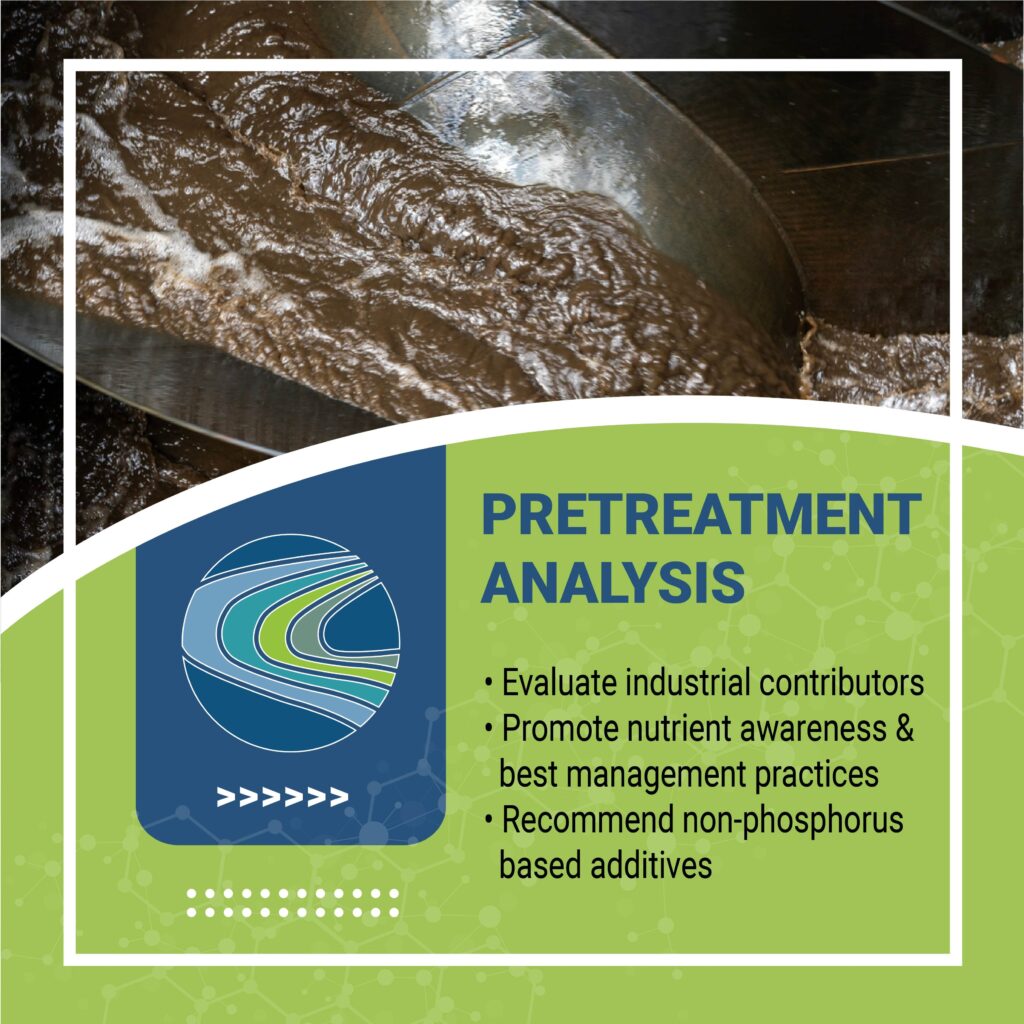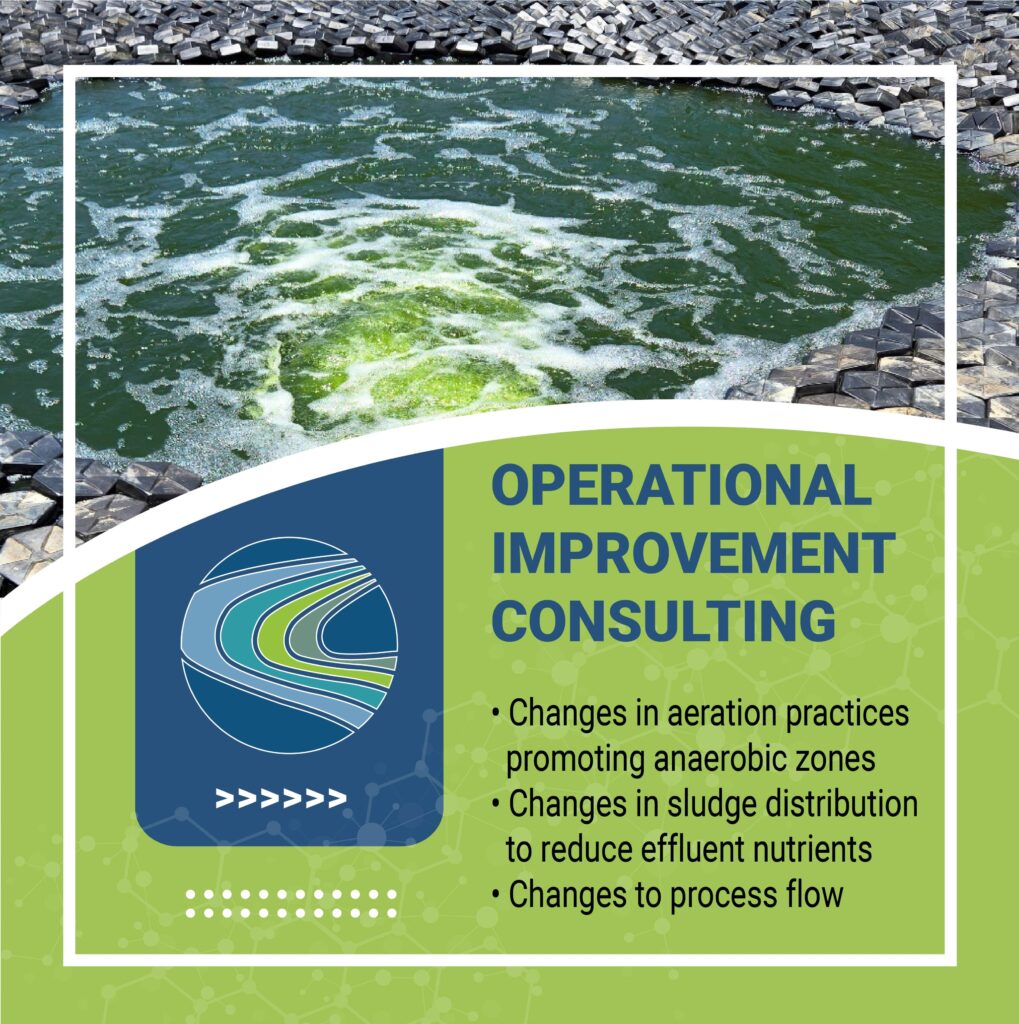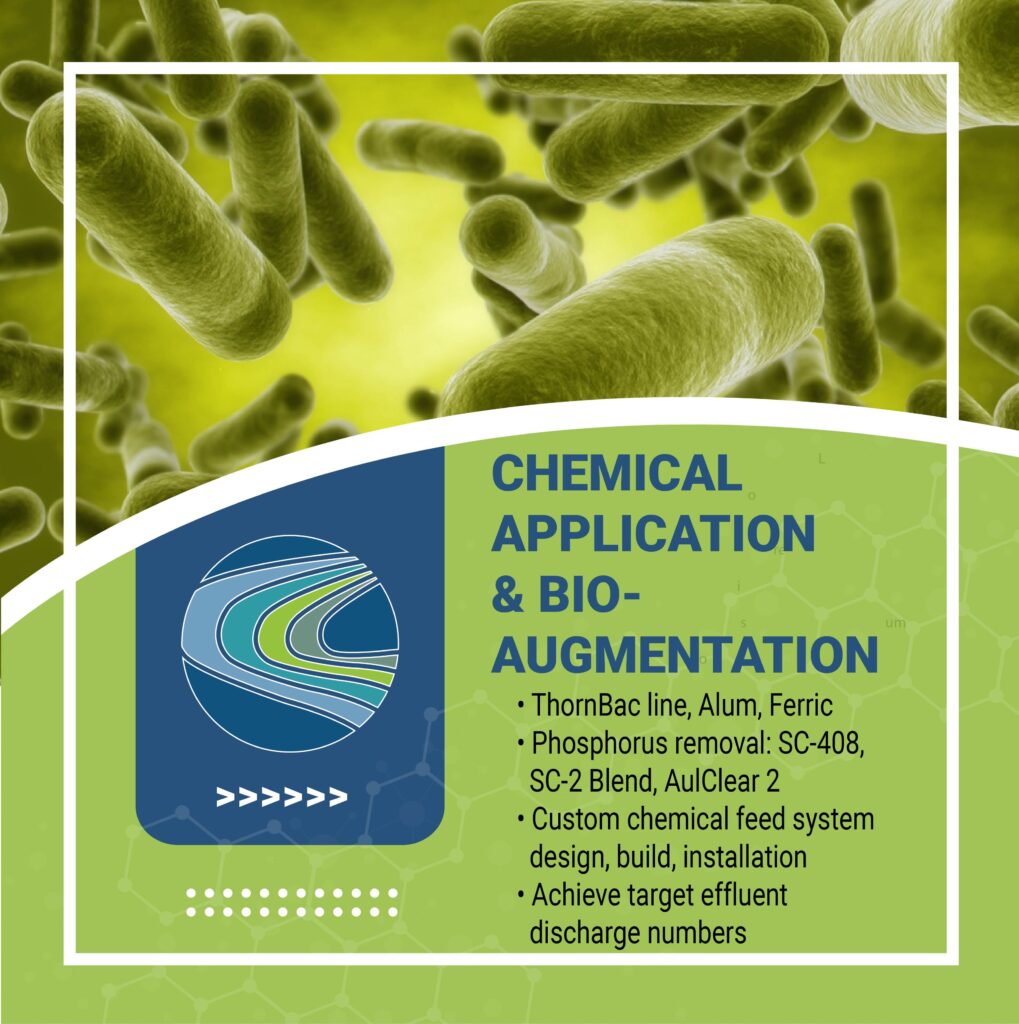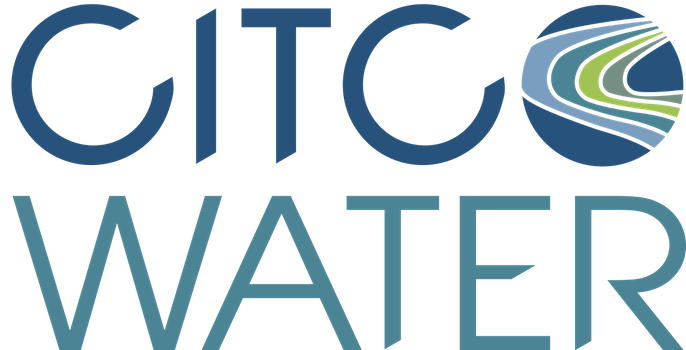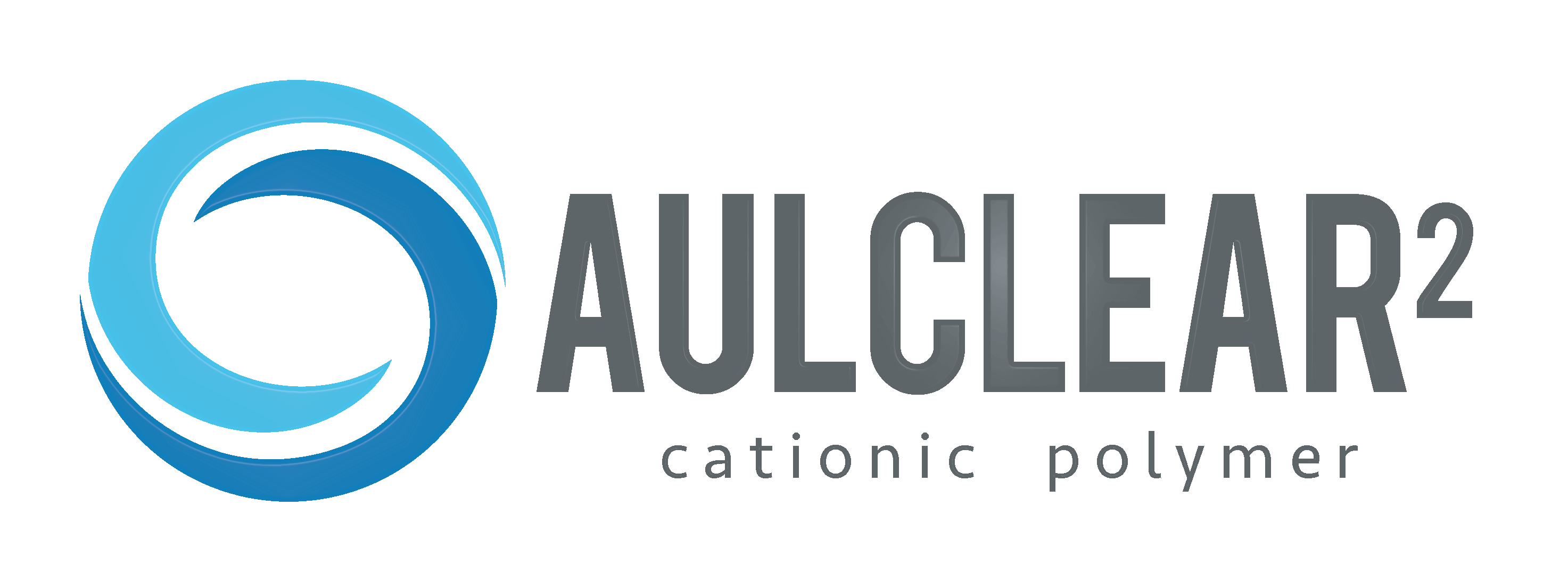Alternatively, phosphorous is a crucial addition for safe drinking water with the form of compound and concentration of the utmost importance. CITCO Water understands the balance to provide the highest quality drinking water and produce the highest quality wastewater effluent.
Implementing a nutrient reduction strategy with CITCO Water can help protect your environment and the safety of drinking water in your community.
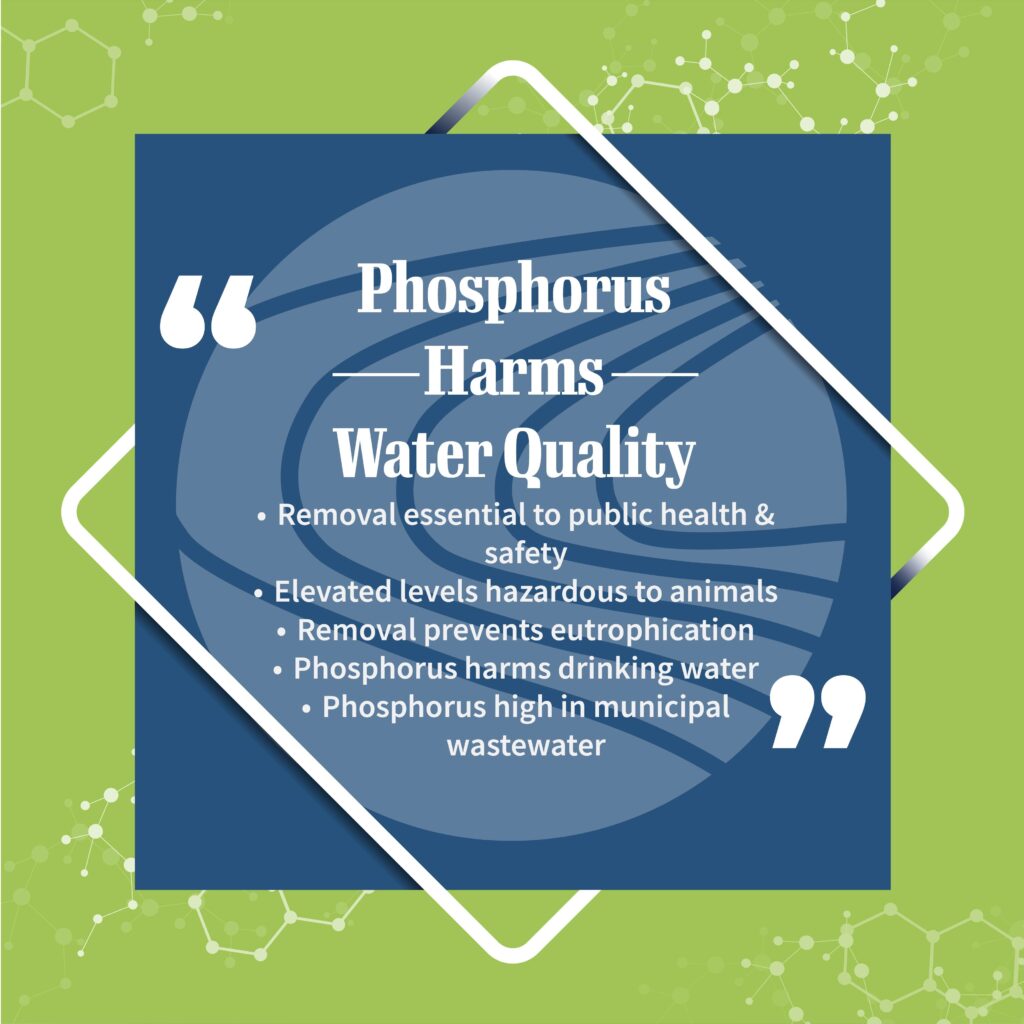
Additionally, specific wastewater conditions encourage the growth of various types of algae in both municipal and industrial wastewater treatment. Conditions such as warm temperatures, increased light availability, and abundant macronutrient (nitrogen and phosphorous) concentration all contribute to harmful algal blooms that are discharged into and pollute your State’s water environment.
Why are algal blooms a problem in wastewater treatment?
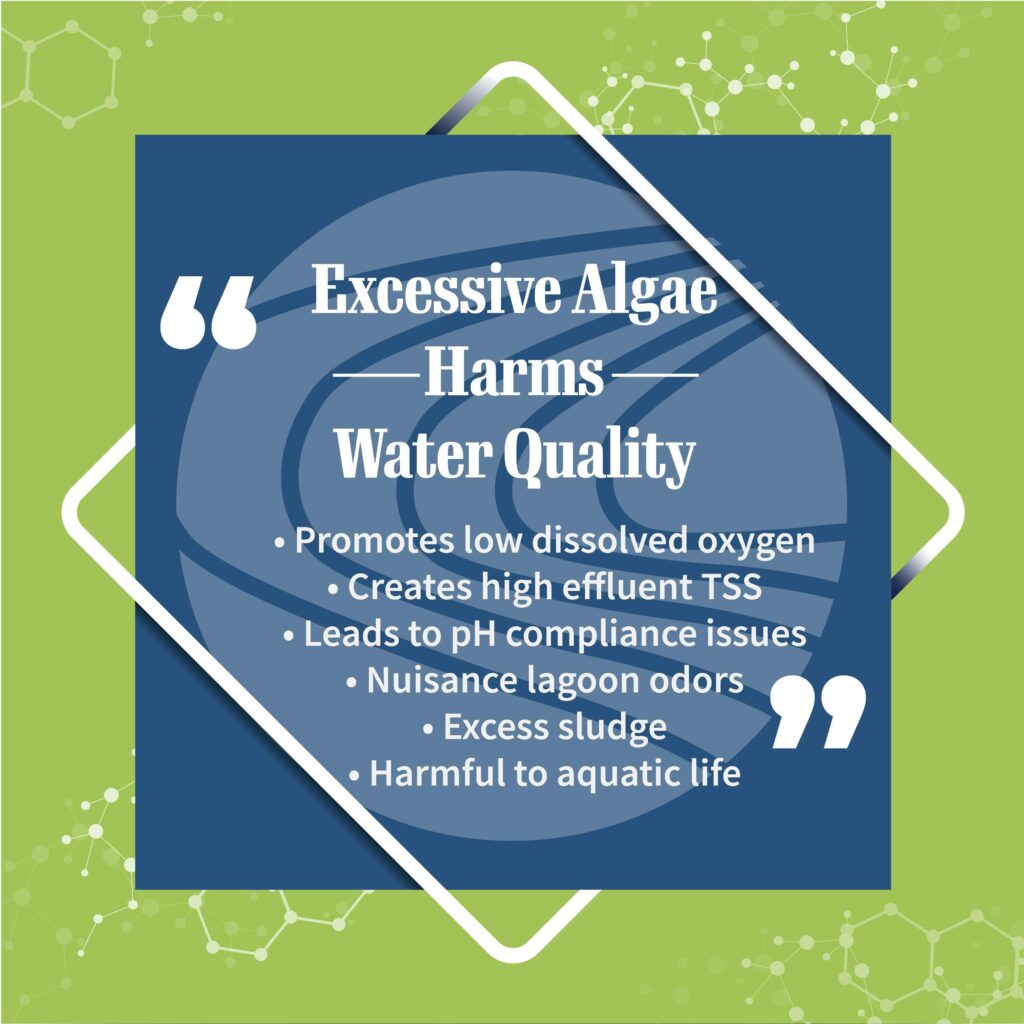
State By State Regulations
As States crack down on high total phosphorus (TP) and total nitrogen (TN) effluent discharges, many wastewater treatment facilities are turning to comprehensive nutrient reduction strategies to meet permit demands (such as Kentucky’s Pollutant Discharge Elimination System, West Virginia’s National Discharge System or Tennessee’s National Discharge System, to name only a few).
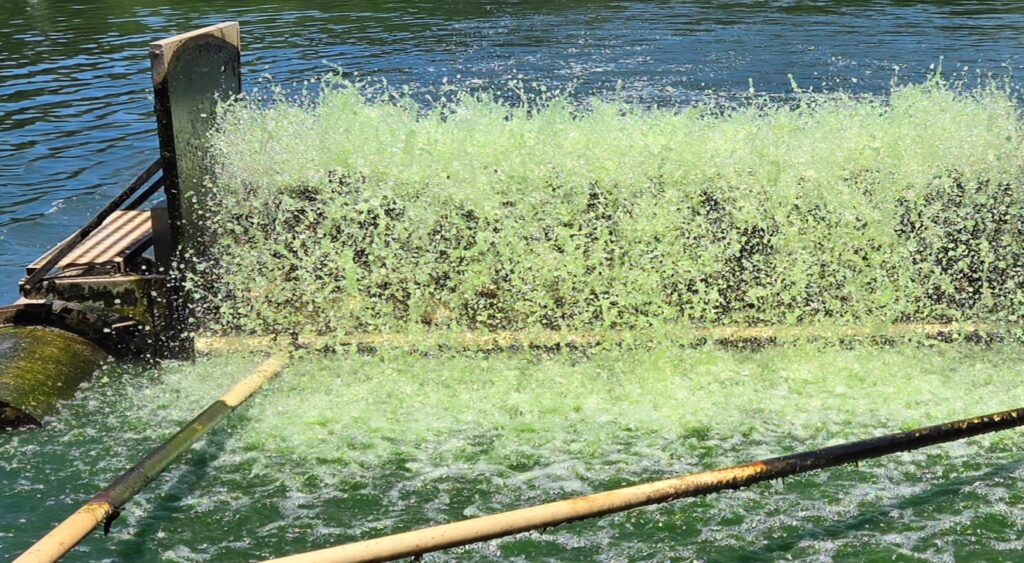
3 Ways CITCO Water Can Help With Your Nutrient Reduction Strategy
